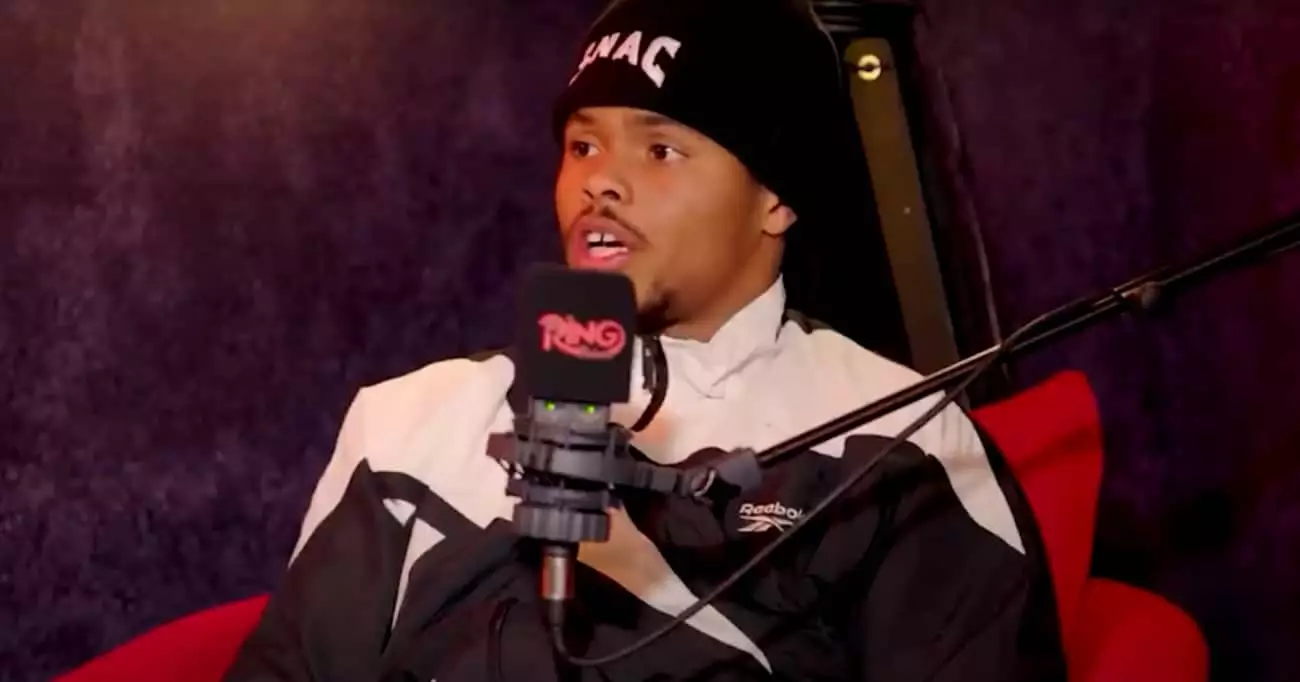The upcoming clash between Terence Crawford and Canelo Alvarez is one of the most anticipated bouts in recent boxing history. While many focus on physical attributes and record statistics, a deeper examination reveals the strategic nuances that could determine the fight’s outcome. Crawford’s switch-hitting style and ability to adopt a southpaw stance provide him with a tactical edge, especially against a fighter like Canelo, who has shown vulnerabilities when facing skilled southpaws. Canelo’s recent struggle against John Ryder, who exploited his difficulties with southpaw fighters, highlights a critical weakness that Crawford could leverage. However, this advantage is not without its complexities. Crawford’s switch-hitting adds unpredictability, but whether he can maintain the southpaw stance effectively throughout a grueling 12-round fight remains uncertain.
Canelo, on the other hand, is a formidable opponent at 168 pounds, boasting an impressive record and power. Yet, his reliance on orthodox boxing and his perceived difficulty in adjusting to southpaw fighters could be his doom against Crawford. The real question is: can Canelo adapt quickly enough, or will Crawford’s southpaw jabs and angles overwhelm him? The fight’s outcome may hinge on Crawford’s ability to sustain his southpaw stance and capitalize on Canelo’s noted struggles in that domain.
The Limitations and Risks of Crawford’s Strategy
While the narrative leans in favor of Crawford’s tactical advantages, it’s critical to acknowledge his limitations. Transitioning to a higher weight class introduces new challenges—power, durability, and endurance become paramount. Crawford’s recent move up to 154 showcased some vulnerabilities against larger, more powerful punchers. The fight against Israil Madrimov revealed that Crawford, despite his skill, could be compromised when faced with bigger hitters. The decision against a tune-up fight before facing Canelo might have been a gamble that exposes him to unnecessary risks.
Furthermore, staying in a southpaw stance might hinder Crawford’s overall versatility. Opponents could adapt, and a purely southpaw approach might be predictable after a while. If Crawford struggles to find his rhythm or is caught off guard by Canelo’s counterpunching, the entire strategy could backfire. The delicate balance of aggression, defense, and adaptability becomes vital in such a high-stakes encounter.
Shakur Stevenson’s Insight and Its Implications
Shakur Stevenson’s confident prediction that Crawford would beat Canelo is rooted in his assessment of stylistic matchups. Stevenson emphasizes the difficulty Canelo faces against southpaws, citing his recent fight with John Ryder as evidence. While this observation has merit, it’s also somewhat simplistic. Canelo’s overall ring intelligence and adaptability should not be underestimated. His experience fighting diverse opponents has forged a boxing IQ that could neutralize Crawford’s southpaw advantage if he chooses to fight orthodox or switch between stances.
Stevenson’s praise also reflects a broader belief in Crawford’s technical brilliance and ring IQ. However, even the “greatness” of Crawford has been questioned in recent performances, revealing vulnerabilities that could be exploited by Canelo’s power and pressure. Ultimately, this contest is less about stylistic matchups alone and more about which fighter can impose their game plan under the immense pressure of a championship deadline.
The bout’s outcome may hinge less on who is technically better and more on who can adapt better under fire. Both fighters bring exceptional skills, but Canelo’s resilience and power, combined with Crawford’s tactical finesse, will determine the victor. The fight is a provocative chess match—a test of strategy, endurance, and mental toughness—more than mere physicality.

